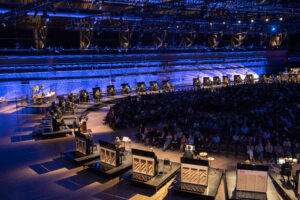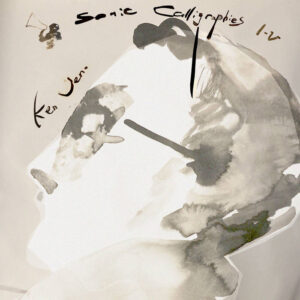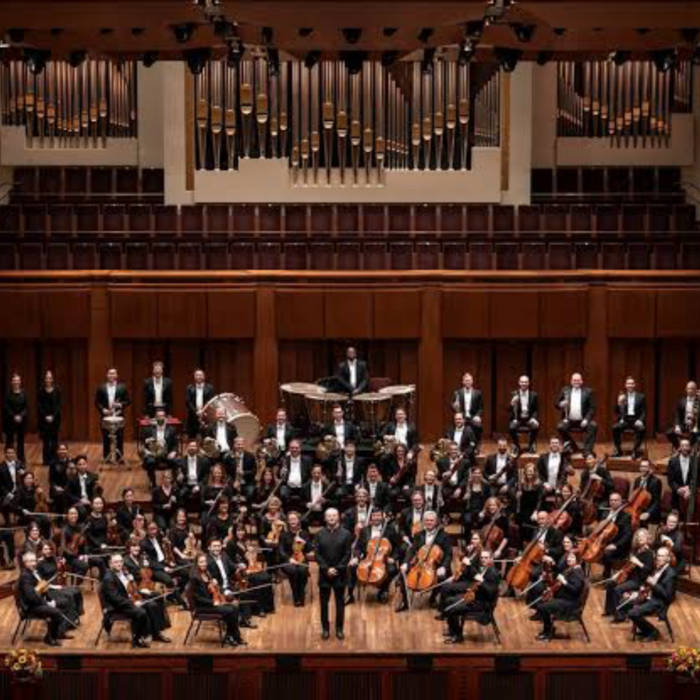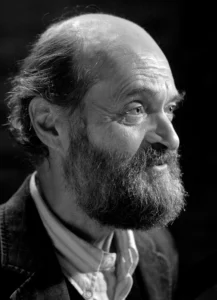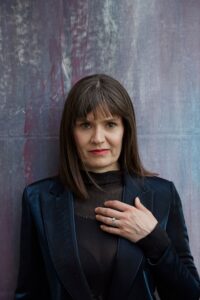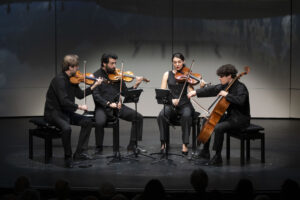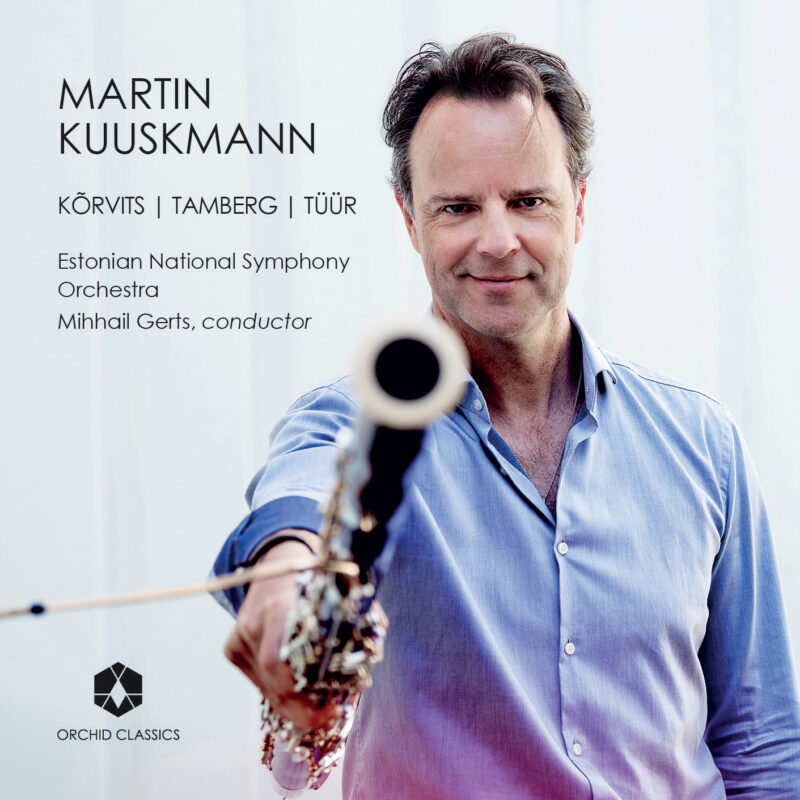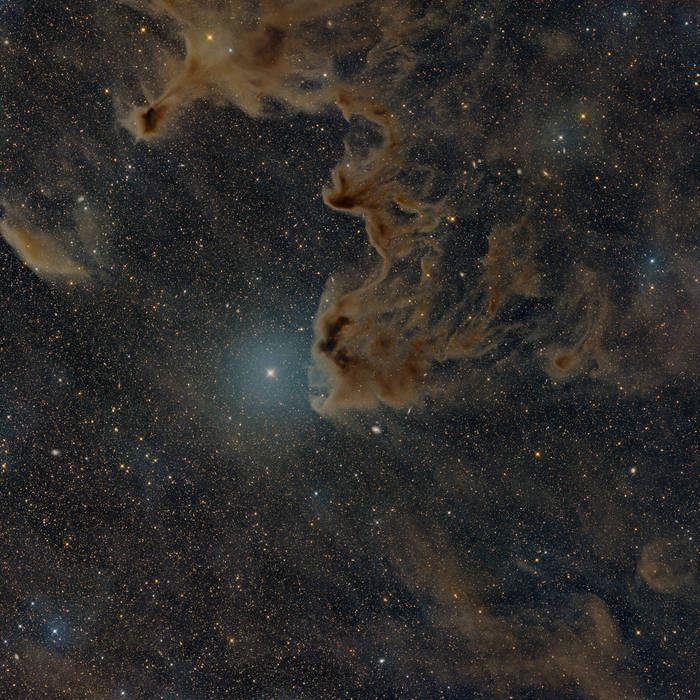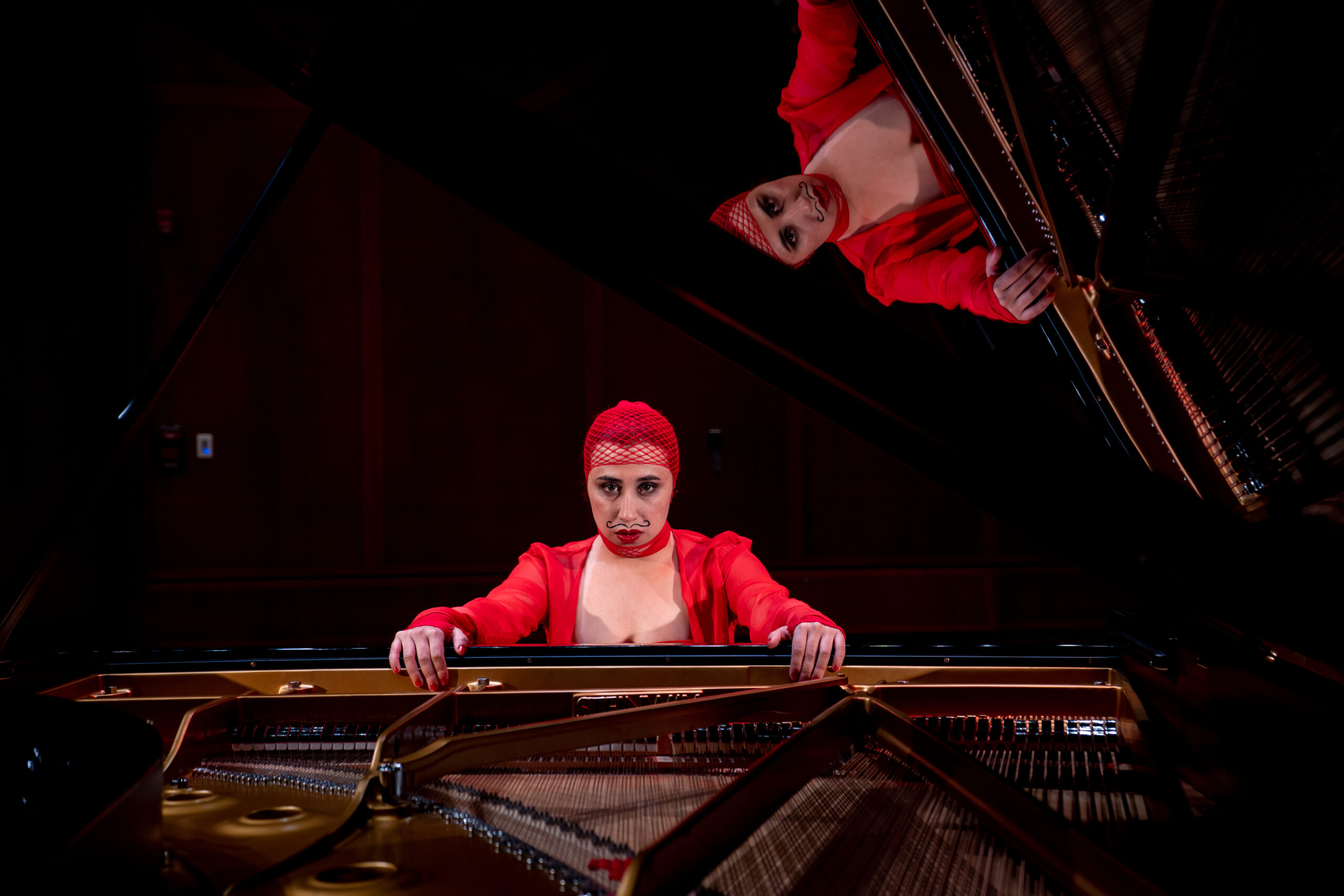
On August 15 of this year, Reinier van Houdt and Andrew Liles released a new album titled Ambidextrous Constellation. With narration by Ash Kilmartin, Ambidextrous Constellation is a radio play that chillingly incorporates “…lists of gun specifications and transcripts of experiences of gunshot victims.” Although this album is entirely the work of European artists working in Rotterdam, it is sure to have an immediate emotional impact on those hearing it in America.
Reinier van Houdt studied piano at the Liszt-Akademie in Budapest and the Royal Conservatory in The Hague and is a well-known presence in the contemporary music scene. He has performed premiers by Robert Ashley, Alvin Curran, Kaikhosru Shapurji Sorabji, and Charlemagne Palestine, among others, and has collaborated with luminaries such as John Cage, Alvin Lucier and Olivier Messiaen. Andrew Liles is a prolific solo artist, producer, re-mixer and studio engineer, who has been active in recording experimental music since the 1980s.
Ambidextrous Constellation consists of eight short pieces that run between four and seven minutes each. Each track is a mixture of electronic sounds with an overlying narration. The liner notes state that a gun is “A machine without morality or judgment.” and the electronic tones consistently support this. The overall feeling is devoid of any sense of humanity, excepting only the warm voice of narrator Ash Kilmartin.
My World opens the album with a series of electronic whooshes that could be abstract gunshots, followed by series of sinister bass chords. A menacing, matter-of-fact narration follows with no musical tones or singing: “In my world, everything is flat. Nothing moves.” The background sounds are sterile and mechanical with the only human presence being the spoken word. There is the description of a bullet flying towards a head. The electronic sounds now become a series of pulses, siren-like, mysterious and uncertain. We have entered a static world where: “nothing moves, nothing propagates.” My World ends quickly, without any resolution.
Iron Sights follows, and this second track is perhaps the most unsettling piece in the album. It begins with a strong percussive beat and electronic sounds that suggest the rapid firing of a weapon. The narrative description of an automatic rifle follows, deadpan and matter of fact: “L1A1, self-loading. barrel length, 20.4 inches. Rate of fire: 610 up to 775 rounds per minute.” Chilling in its dry, clinical description, the focus of the piece now shifts to the point of view of an automatic assault rifle. “Range 400 Meters. Muzzle velocity 940 Meters per second. Unit cost, 1,300 pounds. Aperture, Iron Sights.” Sustained electronic sounds fill the space between the words, adding to the alien and disconnected feeling.
Finally, a single tone is heard with fragments of unintelligible words that slowly fade into silence. The juxtaposition of cold, alien electronic background tones with the straightforward recitation of the assault rifle specifications make Iron Sights a powerful commentary on our fascination with such deadly weaponry.
Other tracks follow with a similar structure and pattern. The descriptions of the weapons get ever more intimidating. Body, Gas Operated, track 3, opens with mysterious bell tones and low rumbling sounds followed by faint, rapid gunfire in the distance accompanied by a rapid snare drumming. The narration begins “… 45 mm NATO cartridge. Barrel length 11 to 20 inches. Gas operated, short stroke piston, rotating bolt. 850 rounds per minute. Effective firing range: 300 meters.” 1984 To Present, track 5, begins with the sharp noise of static below a strong and rapid tom-tom beat. “Barrel length, 20 inches. Rate of fire: 700 to 950 rounds per minute. Muzzle velocity 945 Meters per second. Effective firing range 550 Meters…” Blackout Detachable, track 6, features the sound of a distant siren as the narration states: “AAC Blackout 300. Barrel length 35.7 inches. Unit cost $2233. Muzzle velocity 940 Meters per second. Rate of fire 800 to 900 rounds per minute. Effective firing range 503 Meters.” The listener feels as if buried under these vast and deadly descriptions of firepower.
Two of the pieces do, however, contain a human perspective. Trapped In A Constellation, the title track, starts with loud and harsh scratchy sounds, followed by lovely bell tones and electronic harmonies. The narration switches to a human point of view: “The habit that binds me to my limbs is suddenly gone – space extends.“ A background of beeps and bloops is heard, combined with ‘spacey’ electronic sounds. “I’ve become infinitely small and fall in all directions… Impossible to escape… I’m trapped in a constellation.” The listener is left with the distinct impression that this is a portrayal of instant death by gunshot.
Someone Else, the final track, is even more graphic. Electronic, alien sounds open this track, providing a remote and distant feel. The narration begins: “Silence. I don’t hear anything… [the bullet] entered my body almost quietly… Must have been very sharp and smooth. After an initial sting, I could feel my muscles contracting. I feel I should not move and stay very still. How do you breathe? I thought the bullet would quietly exit my body… “ Now the solemn electronic tones of a pipe organ are heard – distinctly spiritual. More narration: “Of course I moved eventually and then the real pain started. A dazzling pain that strikes your depths, my cells spitting out its electric suffering.” The music turns darker, with cold, spacey beeps creeping into the warmer pipe organ texture. The organ tones gradually diminish, replaced by distant electronic sounds at the quiet finish. A very moving final track to this very powerful album.
Ambidextrous Constellation is a compelling portrait of the unforgiving existence of the modern assault rifle. The emotional power of this album is all the greater because of the straightforward simplicity of its musical materials and a direct narrative approach. Ambidextrous Constellation is precisely the sort of artistry we need in a society besotted by a fascination with violence, guns and death.
Ambidextrous Constellation is available for digital download at Bandcamp.
